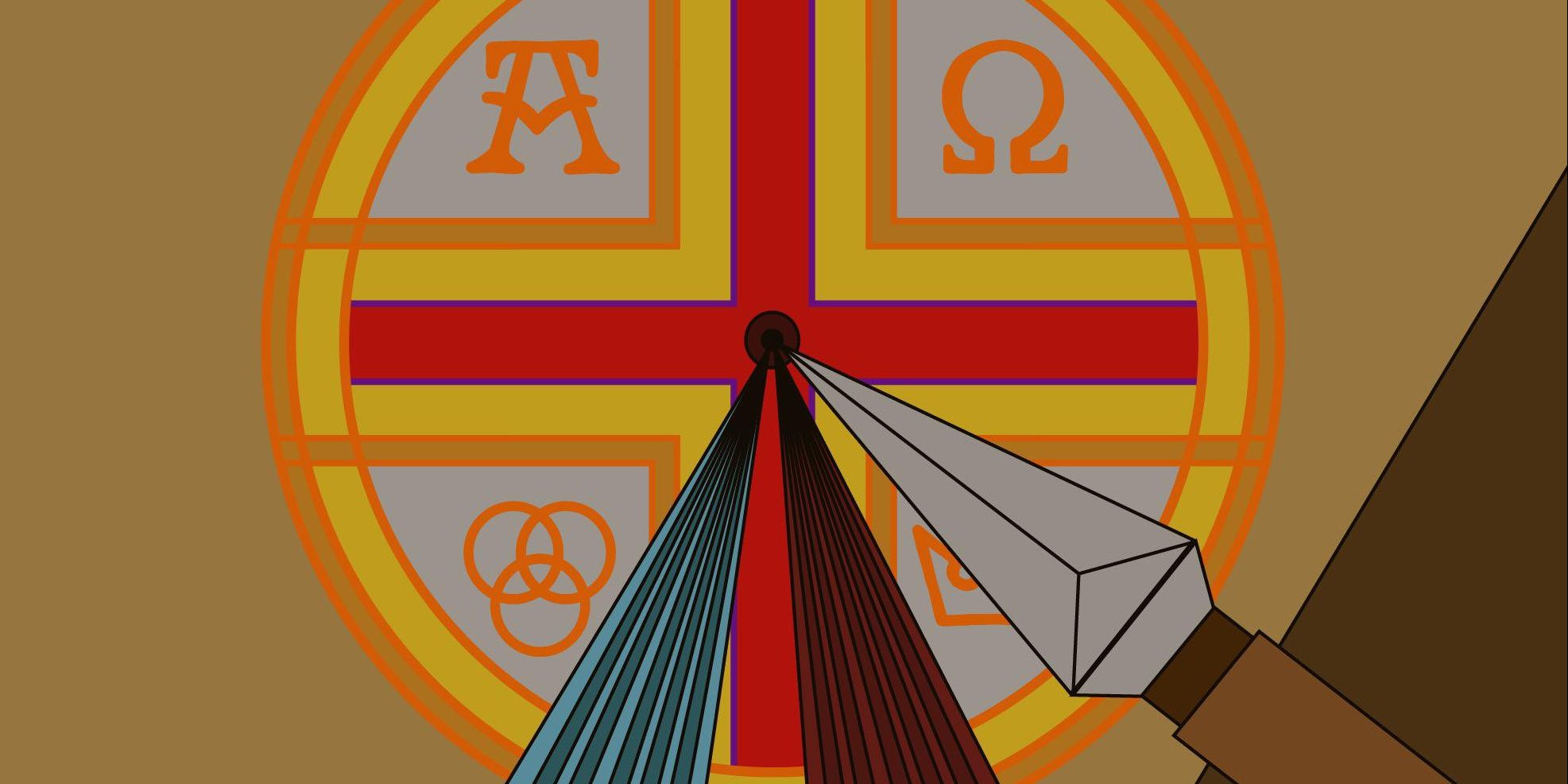American Evangelicalism in Perspective:
An Introduction to America’s Most contested Politico-Religous group by Francesco Bianco
Differently from other groups, Evangelicals in America tend to be grouped based on their political statements about specific issues concerning contemporary American politics rather than theological beliefs. Nonetheless, just as Islam is a broad term that identifies numerous traditions, which Sunni and Shia are the most known, so it
is for Evangelical Christianity. Everyone is somehow aware of the incredibly long list of Christian denominations in America;
but few know the nuances and differences between the numerous denominations and the larger family of Evangelicalism. Hence, I thought it could be helpful to offer clarity on this issue, so that a more precise lan- guage may further a more honest political (and not only) discussion among students at the University of Chicago, and beyond its borders as well.
Despite the high and noble desire not to generalize, some kind of stereotype of who Evangelicals are and how they act has to be adopted for the purposes of the conversation. Thus, I will proceed to offer a description of the main features of Evangelicals, then I will differ- entiate several Christian groups that somehow don’t fit within the stereotype.
A caveat for this essay is that historically black denominations will not be considered, even though their styles of worship and preaching may resemble or fit Evangelical standards. I took this decision first because of how the dis- course on Evangelicals, both publicly and scholarly, doesn’t take into account African American churches, but treat them separately. Secondly, historically, Evangelical churches and black de- nominations developed separately in two different historical moments of American histories.
So, let’s dive into this Evangelical stereotype.
First and foremost, the marker for Evangelical- ism is the worship service. The service usually consists of two main moments: worship strictly speaking, and preaching. The first moment consists in playing contemporary Christian music or revisited hymns. Some detractors call these songs “Jesus jams”, since many of them are extremely catchy. A band plays on a stage and screens show the lyrics. Attendants partic- ipate by closing their eyes, raising their hands, bopping their heads, each one according to their own sensitivity. The preaching moment includes a quick invitation for offerings and a sermon whose content connects Bible stories and verses with daily life situations. A second marker of Evangelicals is the belief that the Bible has the solution to modern social and personal issues, specific theologies varying. This stereotype can be ascribed to congrega- tions that identify as “non-denominational”. Indeed, the terms “non-denominational” and Evangelical are used as synonyms by the great majority of the public. As a matter of fact, I will keep this use because academic literature has not yet developed a clear distinction between the two.
The first group that I wish to identify within the greater Evangelical family is the Pentecostal and charismatic movement. Pentecostals and charismatics may be considered as sub-umbrella since the movement gathers three separate groups which sprang out in three different moments of the last century. In fact, Pentecostals (strictly speaking) are the oldest of this sub-family, and they were born as a group during the 1906 Azusa Street revival in the LA county. Deeply influenced by African American Christian practices and spirituality, this movement soon witnessed racial segregation as most de- nominations at the time. The well-known de- nominations of this group are the Assemblies of God and the churches of the Apostolic tradition. Pentecostal services can be identified because of the use of glossolalia (also known as praying in tongues), hands-raising gestures, shaking and phenomena known as slaying in the Spirit and “holy laughter”.
The third wave of the Pentecostal and charis- matic movement had its outbreak during the early 80s. It is harder to make statements about its origins in comparison to the previous waves because they are rooted in the social unrest and counterculture of 70s. Nonetheless, it is possible to pinpoint to the products in churches like the Vineyard and Calvary Chapel. The main charac- teristic lays in the attempt to bridge between the application of charismatic practices and the rest of conservative Christianity. Indeed, what marks this kind of churches is idea of making the gifts of the Spirit more accessible and avoiding the social stigma of the previous Pentecostal and charismat- ic movements.
The second sub-group of Evangelicals I wish to consider assorts members of historical and established denominations, such as Methodists and Presbyterians. There are criteria to generally predict who wishes to identify as Evangelical, but first a division line needs to be drawn within each denomination family between “liberals” and “conservatives”. It is common among the “conservatives” that Evangelicals may be found. Here’s a couple of exemplary cases that might be known to the reader. For instance, Presbyterian denominations are multiple, and each presents distinctive stances on doctrine and worship. The two largest Presbyterian denominations are PCA (Presbyterian Church in America) and PCUSA (Presbyterian Church United States of America). Whereas PCUSA is deemed to be “progressive”, PCA is considered the “conservative” one, and hence it is where Evangelicals are expected to be met. This same distinction can be applied with- in the Baptist tradition to Southern Baptists (conservative) and American Baptists (liberal). Obviously, not all Southern Baptists or PCA Presbyterians will identify Evangelical, but identification within these historical denominations with Evangelicalism is more easily trace- able by looking how much the worship service has been readapted on the “non-denominational model”.
Furthermore, complications arise in the light of this division when the term “Evangelical” has been utilized in misleading ways on a denomination name. This is the case for different Lutheran synods. In fact, the Evangelical Lutheran Church in America (ELCA), the largest Lutheran denomination in the US, fits the category of “liberal” in the previous dichotomy despite the usage of the adjective Evangelical; rather, it is the Lutheran Church – Missouri Synod (LCMS) that has members who might identify as such.
Lastly, I want to briefly discuss one commonly made mistake in confusing Evangelicals with fundamentalists. Though contemporary evangelicals and Christian fundamentalists have common roots in American religious history, they diverged after World War two as conservative congregations started re-thinking their relationship to modernity. Fundamentalists reject modernity as a sinful paradigm; whereas Evangelicals are open to many forms of modernity and on different levels.
In conclusion, some might ask “What to do with all of this information?”. The answer is to consider little by little the consequences in the context of pluralism of American society. Sociologist Christian Smith, who has written extensively on the subject, deals with this question of Evangelicalism within pluralistic America in two books Christian America?: What Evangelicals Really Want and American Evangelicalism: Embattled and Thriving. In the former professor Smith, studies the phenomenon from a sociopolitical perspective, while in the latter he looks more at the American diversified cultural landscape. So, the former work opens up trajectories for productive political discussions be- tween many interlocutors with different religious experiences; the latter, instead, offers us the grounds on which subcultures thrive in America, hence revealing what is the language(s) that may be spoken to the diversified interlocutor who are American Evangelicals.



0 Comments